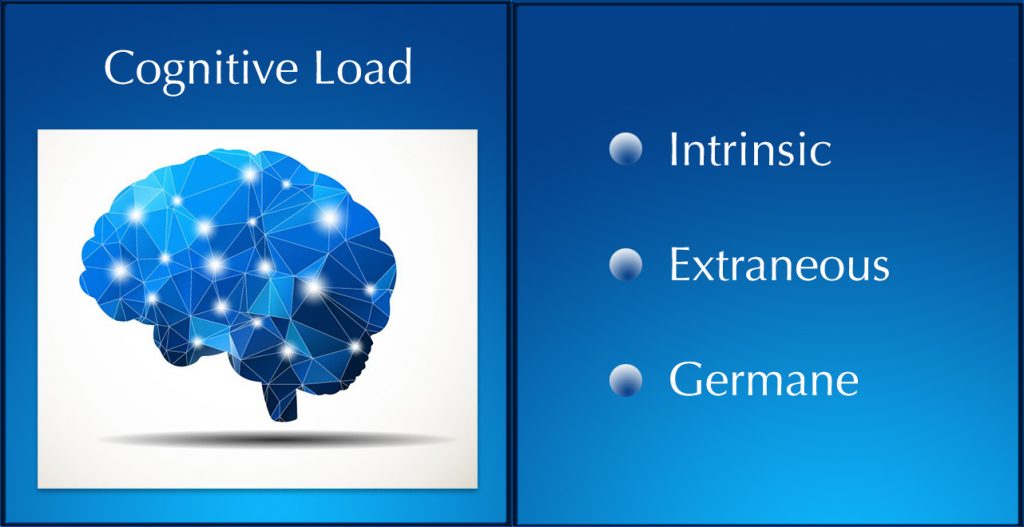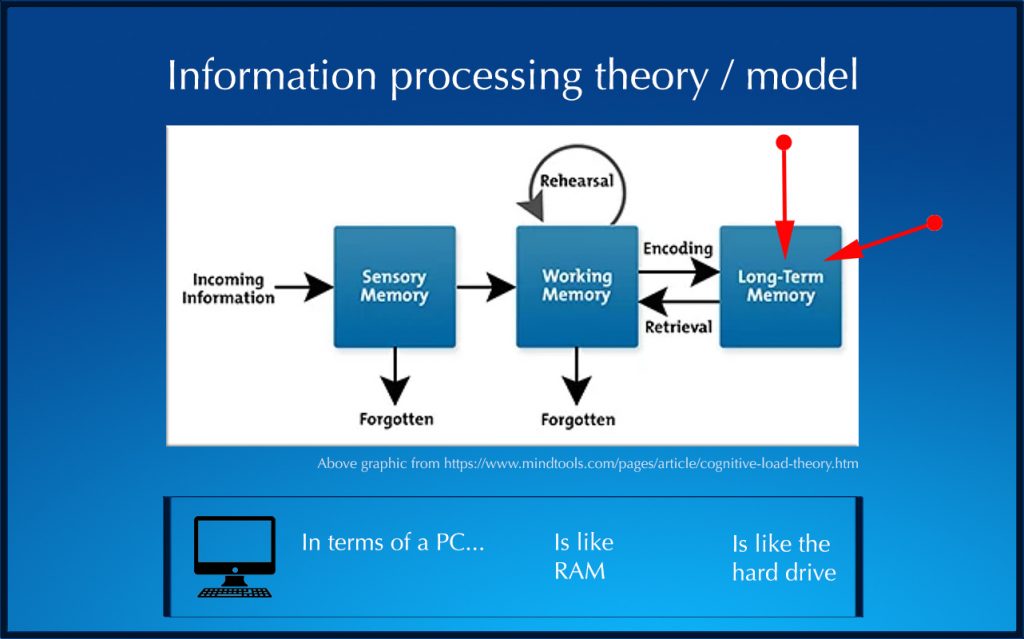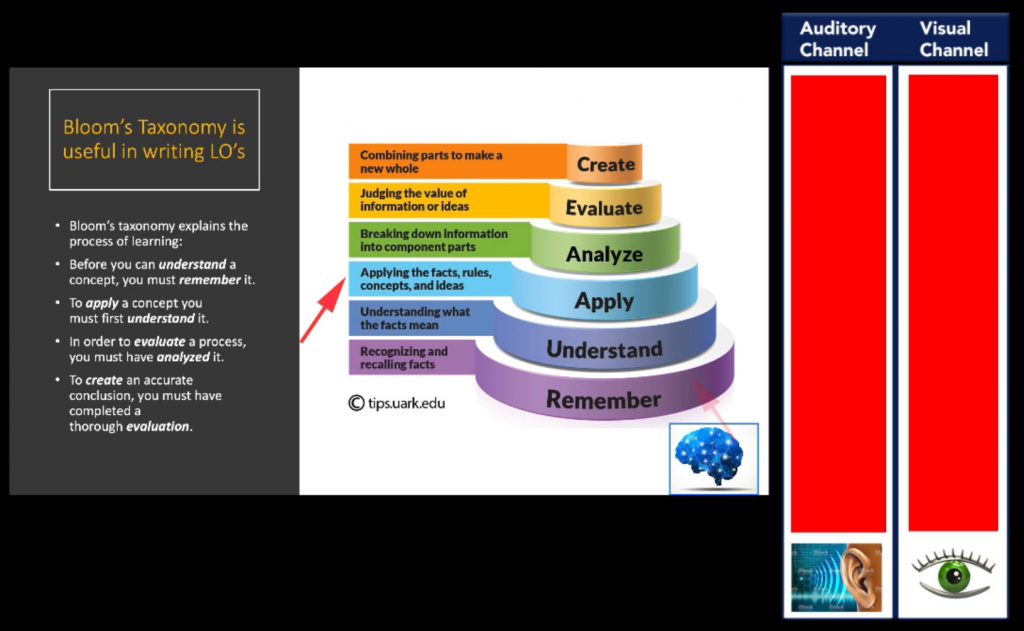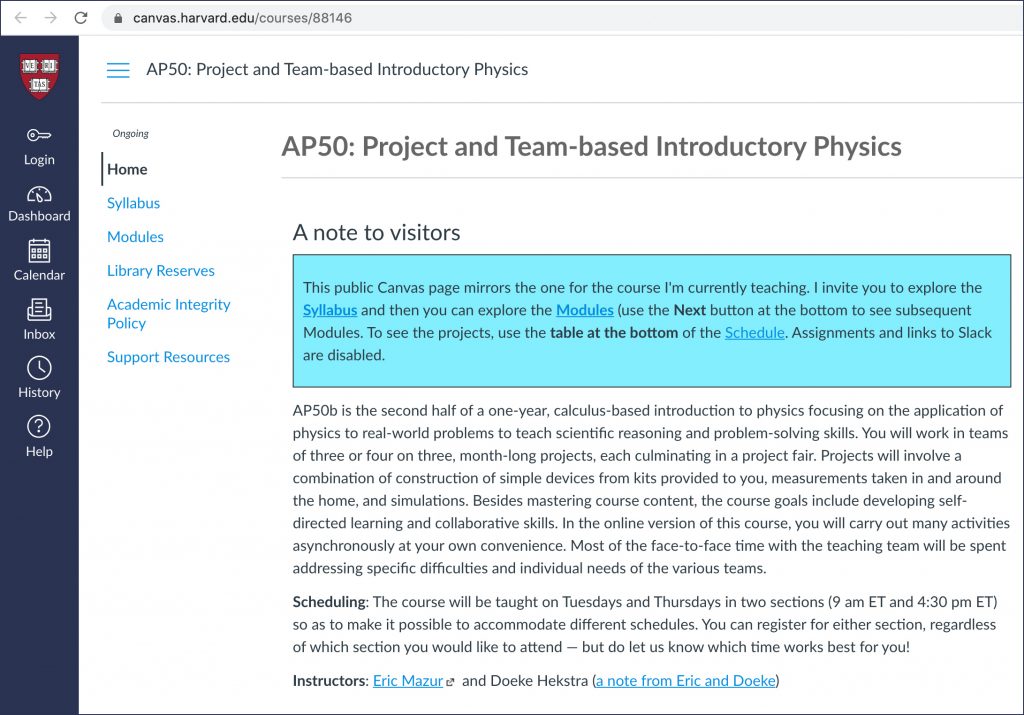Dreamscape Learn Pod Unveiled at ASU+GSV Summit — from gettingsmart.com by Rachelle Dene Poth
Excerpt:
At the ASU+GSV Summit, a leading digital learning summit held in San Diego, California, virtual reality (VR) enthusiasts had an opportunity to experience Dreamscape Learn pod, a first-of-its-kind, full-body tracking, immersive VR experience. Created in partnership with Steven Spielberg, Dreamscape Immersive and Arizona State University (ASU) unveiled the pod for the first time during the event.
ASU President Michael M. Crow and Dreamscape Immersive founder/president and former DreamWorks Pictures studio head Walter Parkes, worked together to create Dreamscape Learn. President Crow and Parkes together merged the ideas of creating Hollywood storytelling with the innovation from ASU. ASU has been a leader in innovation and cutting-edge technology and has been ranked number one in innovation for the sixth year by the US News and World Report.




















